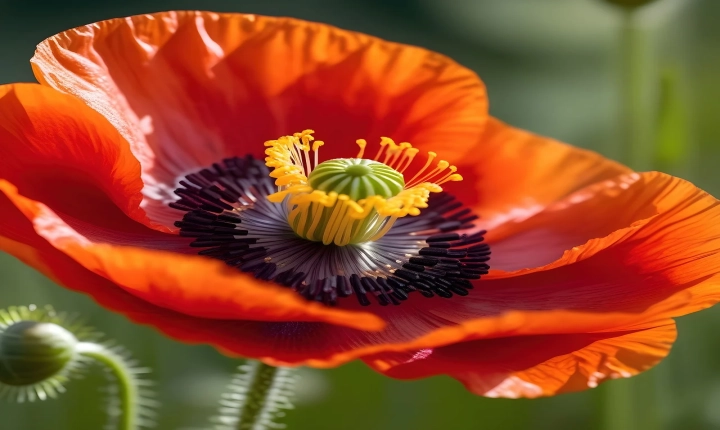Title: Can You Freely Convert PSD and AI Files?
When it comes to graphic design and digital art, working with different file formats is a common occurrence. Two widely used file formats in the design industry are PSD (Photoshop Document) and AI (Adobe Illustrator). Both formats are associated with Adobe software and are used for creating and editing digital graphics. However, one question that often arises is whether you can freely convert between PSD and AI file formats.
The short answer is yes, you can convert PSD and AI files, but the process may not always be straightforward and there are some limitations to consider. Let’s delve deeper into the intricacies of converting between these two file formats.
PSD files are primarily associated with Adobe Photoshop, a popular raster graphics editor used for image editing and digital art creation. In contrast, AI files are associated with Adobe Illustrator, a vector graphics editor used for creating and editing vector-based artwork. Each file format has its own strengths and capabilities, and they are not directly interchangeable due to the fundamental differences in how they store and represent graphic elements.
Converting a PSD file to an AI file can be done, but the resulting AI file will not be a true vector-based representation of the original PSD. This is because PSD files are raster-based, meaning they are composed of individual pixels, while AI files are vector-based, composed of mathematical representations of shapes and lines. When you convert a PSD file to AI, the resulting AI file will essentially be a raster image contained within a vector-based file.
On the other hand, converting an AI file to a PSD file is also possible, but it comes with similar limitations. The resulting PSD file will retain the vector components of the original AI file, but the raster components (such as images and textures) will be flattened and may lose some of their editing capabilities.
It’s important to note that the conversion process may result in loss of fidelity and data, especially if the original PSD or AI file contains complex layers, effects, or blend modes. Therefore, it’s essential to carefully consider the implications of converting between these two formats, especially if the goal is to retain full editing capabilities and scalability.
While freely converting between PSD and AI files may not always result in ideal outcomes, there are alternative methods and best practices to work with both formats in harmony. For instance, designers can place PSD files into AI documents as linked Smart Objects, allowing for non-destructive editing and preservation of the original file’s characteristics. Similarly, AI files can be imported into PSD documents as Smart Objects, retaining their vector nature while being embedded within a raster-based environment.
Ultimately, while conversion between PSD and AI files is possible, it’s crucial to understand the inherent differences between the two formats and the potential limitations of the conversion process. Designers and artists can leverage the strengths of each format and utilize best practices to work with PSD and AI files effectively within their workflows.
In conclusion, freely converting between PSD and AI files is feasible, but it may not always produce the desired results. Understanding the fundamental differences between raster and vector-based graphics, as well as utilizing alternative integration methods, can help designers navigate the complexities of working with these two file formats. By embracing the unique capabilities of both PSD and AI, designers can create and manipulate digital art with flexibility and efficiency.
